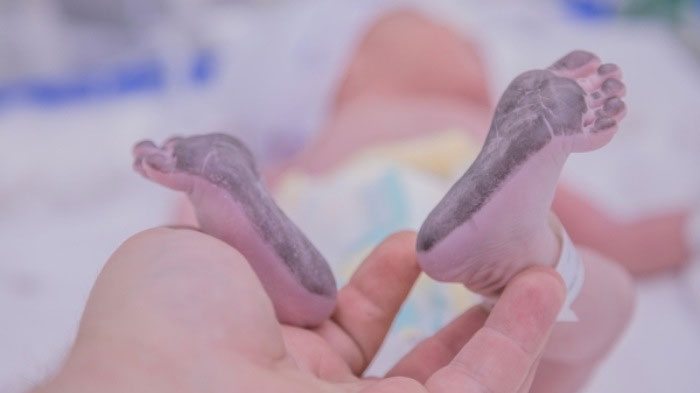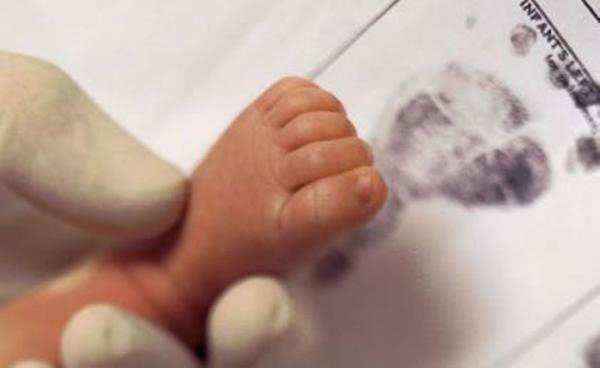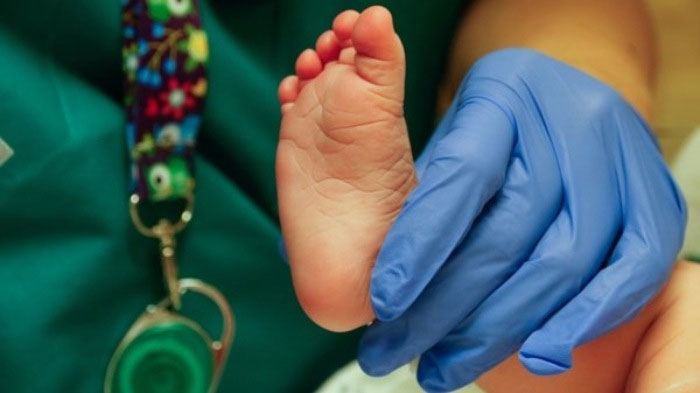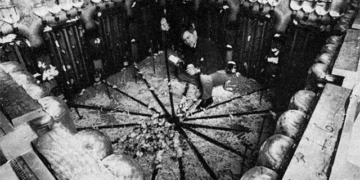Currently, in most hospitals, after giving birth, newborns often have their footprints taken. This practice has piqued the curiosity of many young parents who wonder what its purpose is.
In many hospitals, after a newborn cries upon arrival, nurses will take the baby for a health check. A procedure that every newborn must undergo is taking the baby’s footprints on a piece of paper. Many mothers are unsure about the significance of this. However, it actually helps ensure the safety of your baby.
The Baby Gets a Permanent Medical Record
Since newborns are too small to sign their names like adults, taking their footprints serves as a form of identification for the child. This will be permanently recorded in the patient’s medical file.

Since newborns are too small to sign their names like adults, taking their footprints serves as a form of identification.
Helps Parents Accurately Identify Their Child
In hospitals, many children are born each day, especially newborns who may look quite similar. Therefore, the footprints taken at birth can help parents accurately identify their baby in case of any mix-ups or carelessness.
Equivalent to an ID Card or Citizen Identification
In India, a child’s birth certificate includes their footprints, which serve as a legitimate form of identification for legal documentation.
A Cherished Keepsake from the Child’s Early Life
The baby’s footprints will be taken and preserved at the hospital. Additionally, parents can create a “copy” of their child’s footprints to keep as a memento for future birthdays. This is considered a cherished keepsake from the child’s early life. Over the years, this keepsake will become invaluable.

The baby’s footprints will be taken and preserved at the hospital. (Illustrative image)
Why Take Newborn Footprints Instead of Fingerprints?
Newborns Often Clench Their Hands
In the first months of life, a baby’s hands are mostly in a clenched position, with the thumb wrapped by the other four fingers and occasionally sticking out.
The reason babies clench their hands is that their brain cortex is still immature, and their ability to control hand movements is limited, resulting in the flexor muscles being stronger than the extensor muscles, leading to the baby always keeping their hands tightly closed. Therefore, trying to open a baby’s hand can easily cause harm.

Newborns have less distinct fingerprints compared to footprints, making footprints easier to identify. (Illustrative image)
The Structure of Footprints is Easier to Recognize
Newborns have small fingers, and their fingerprints are not as distinct as their footprints, making footprints easier to identify.

















































